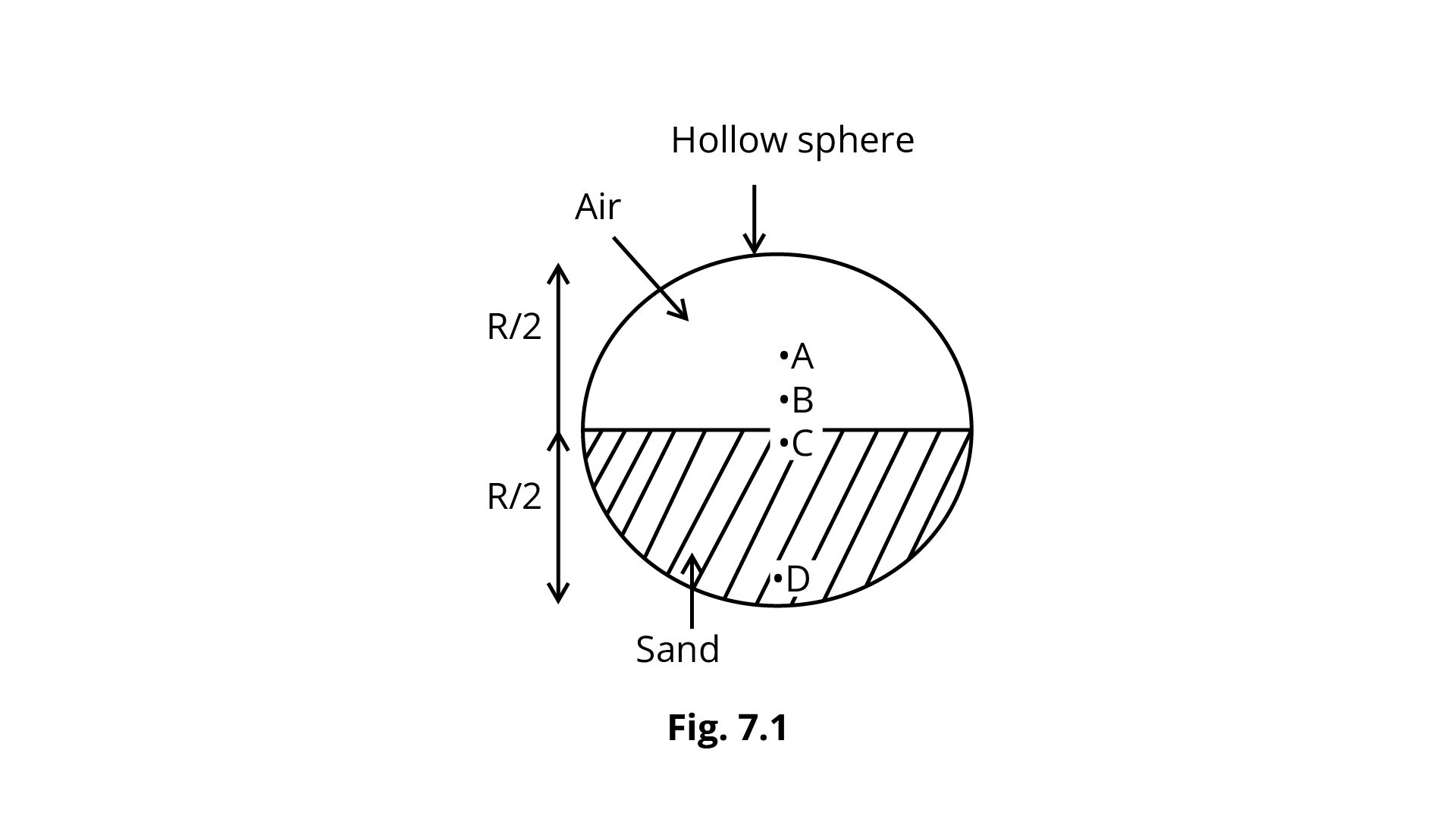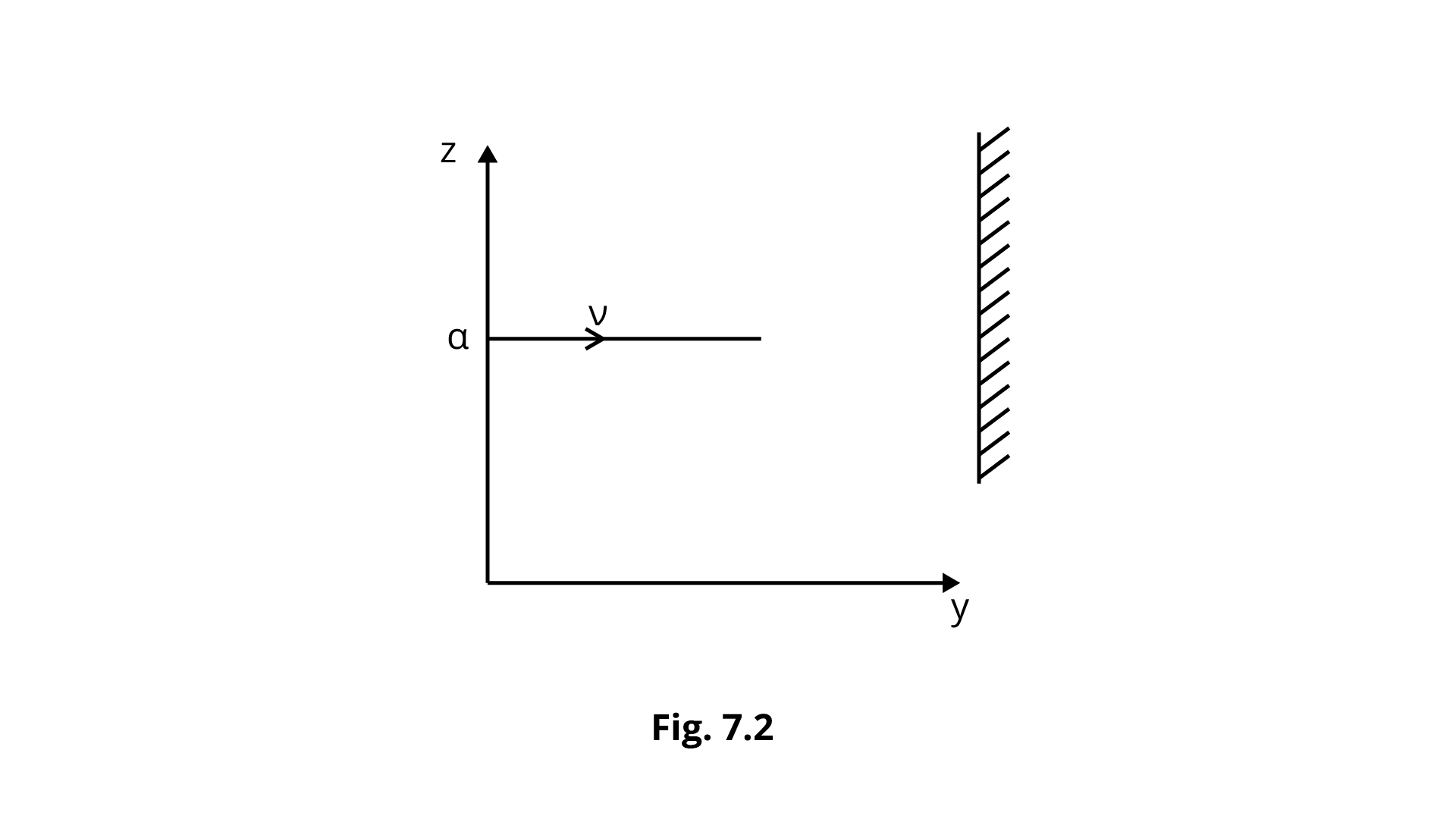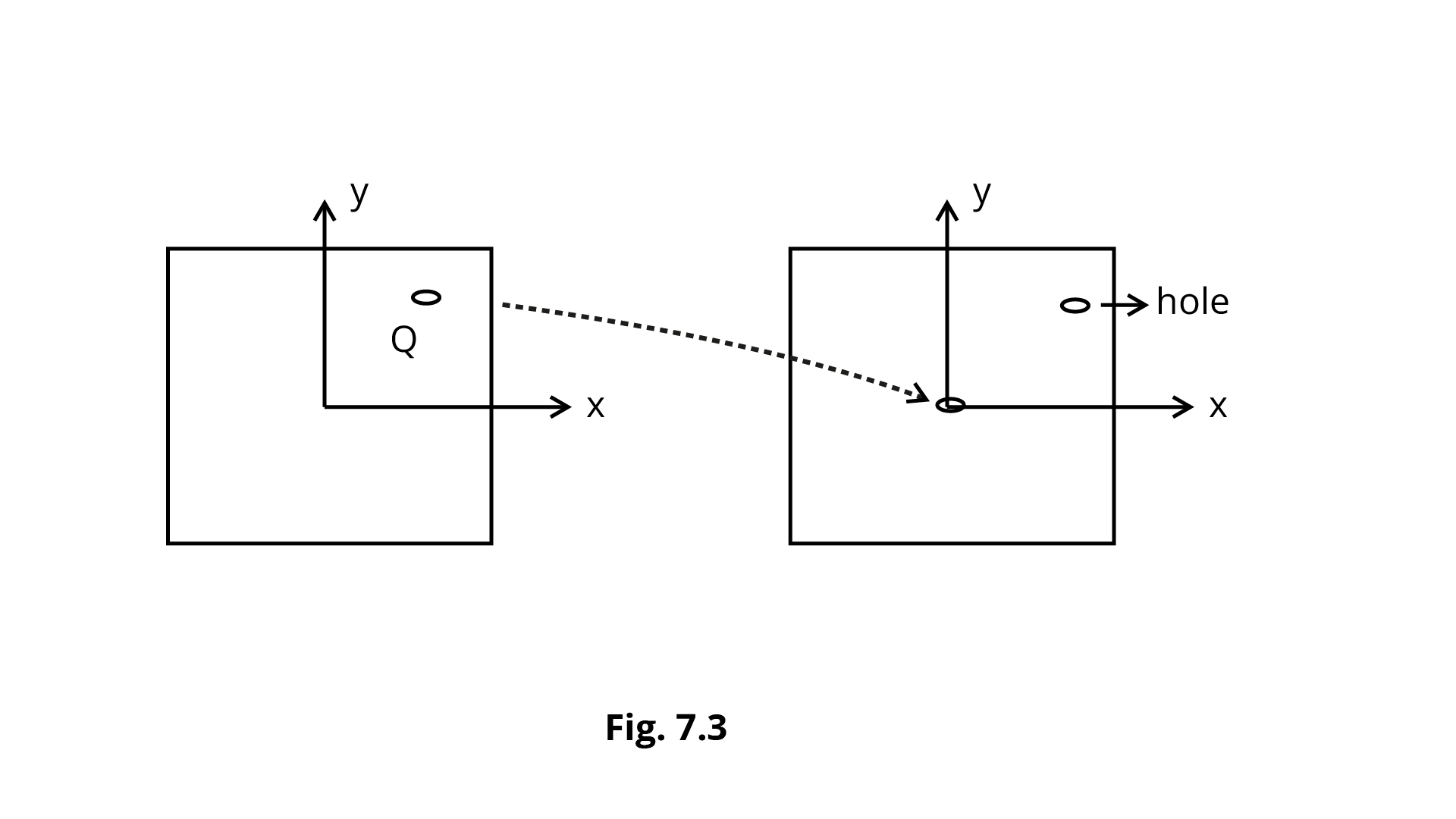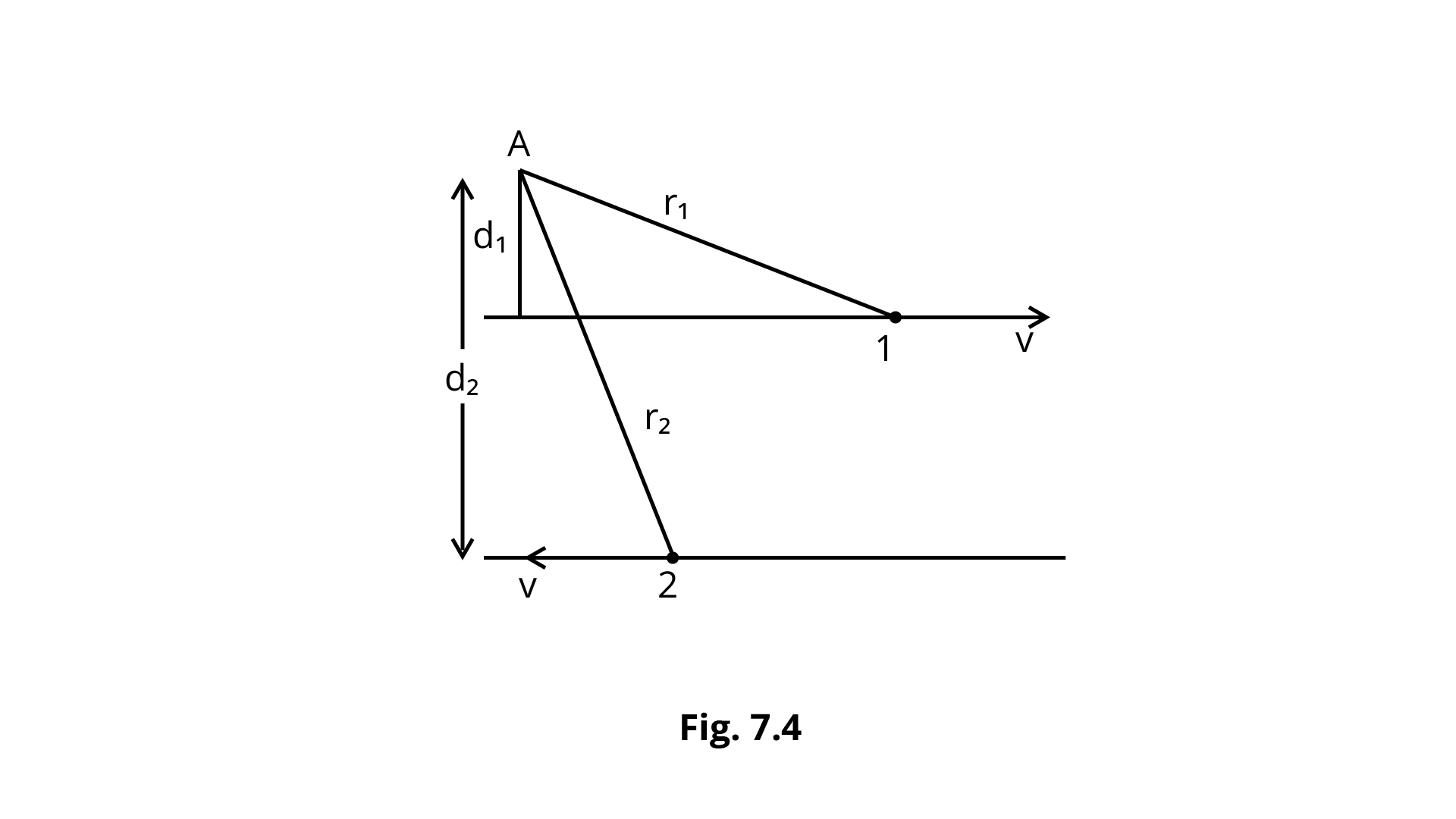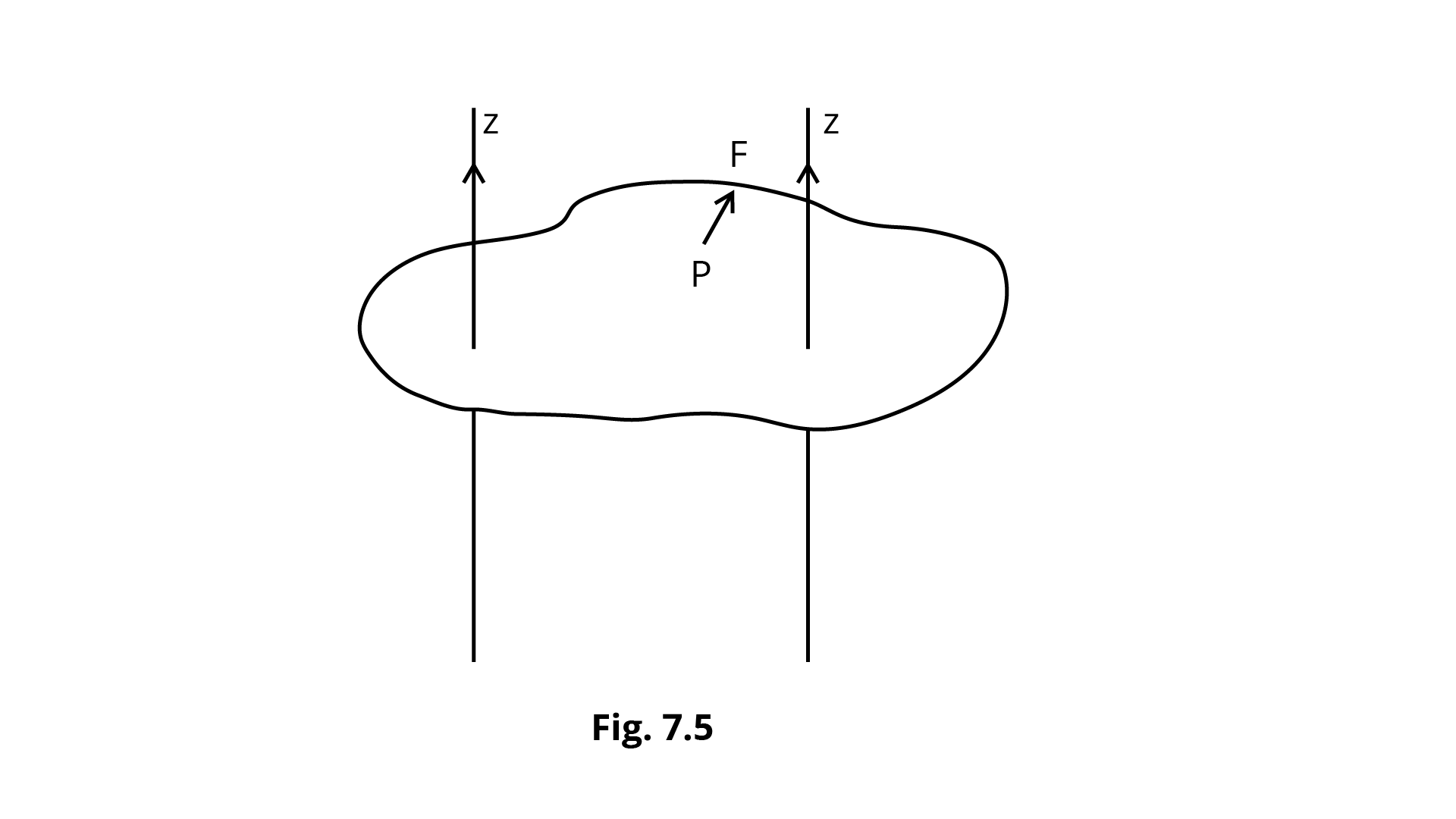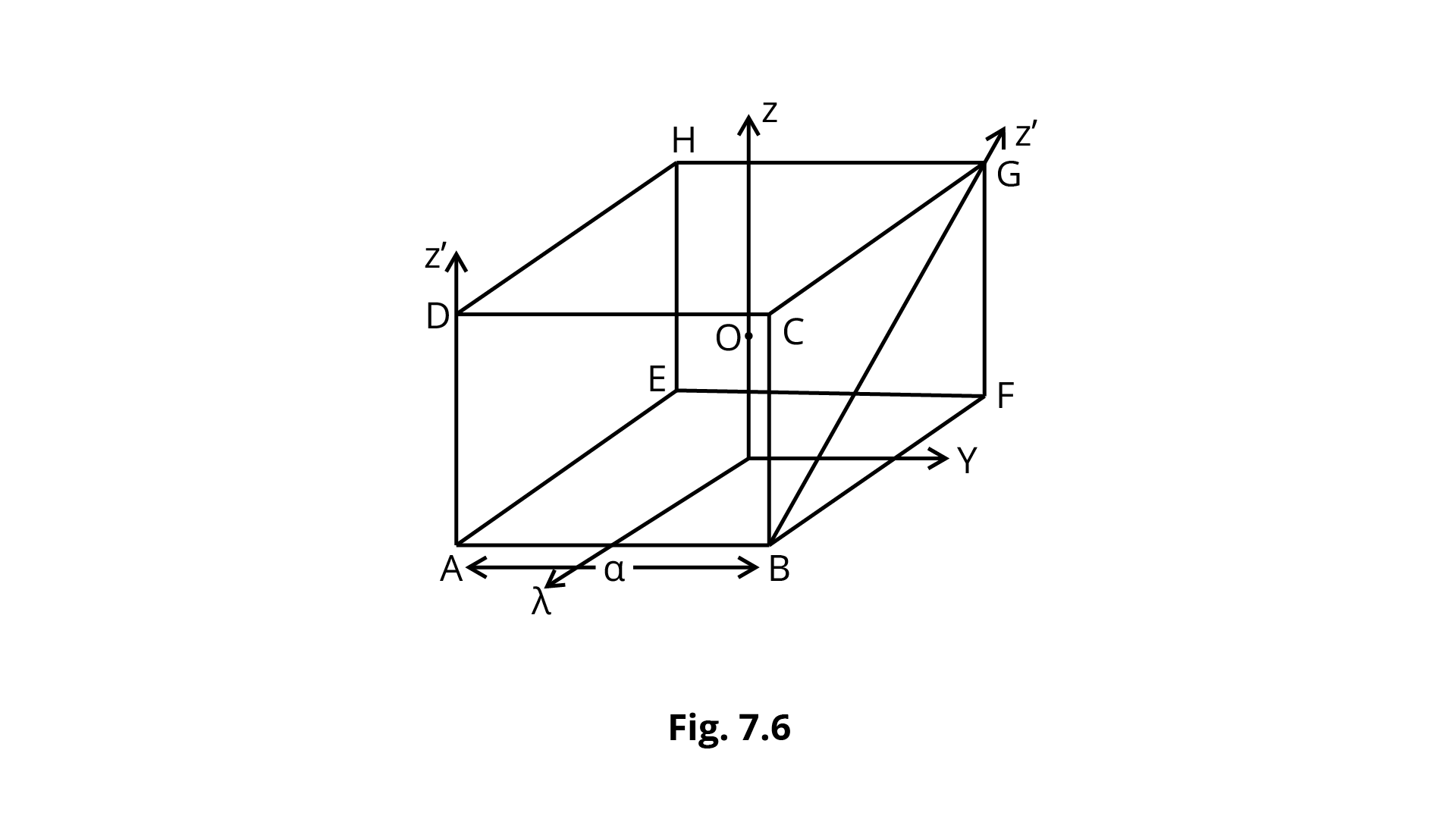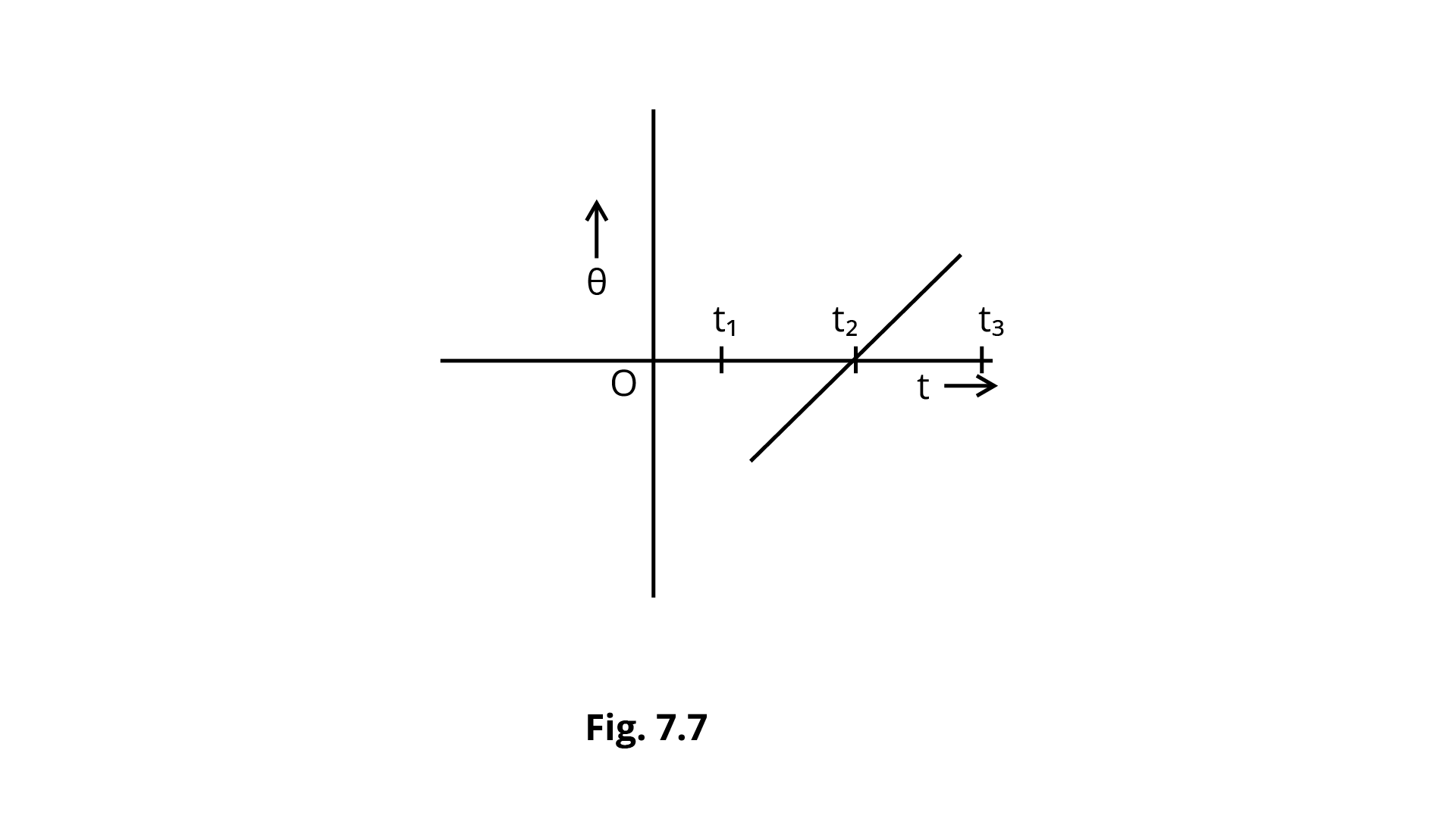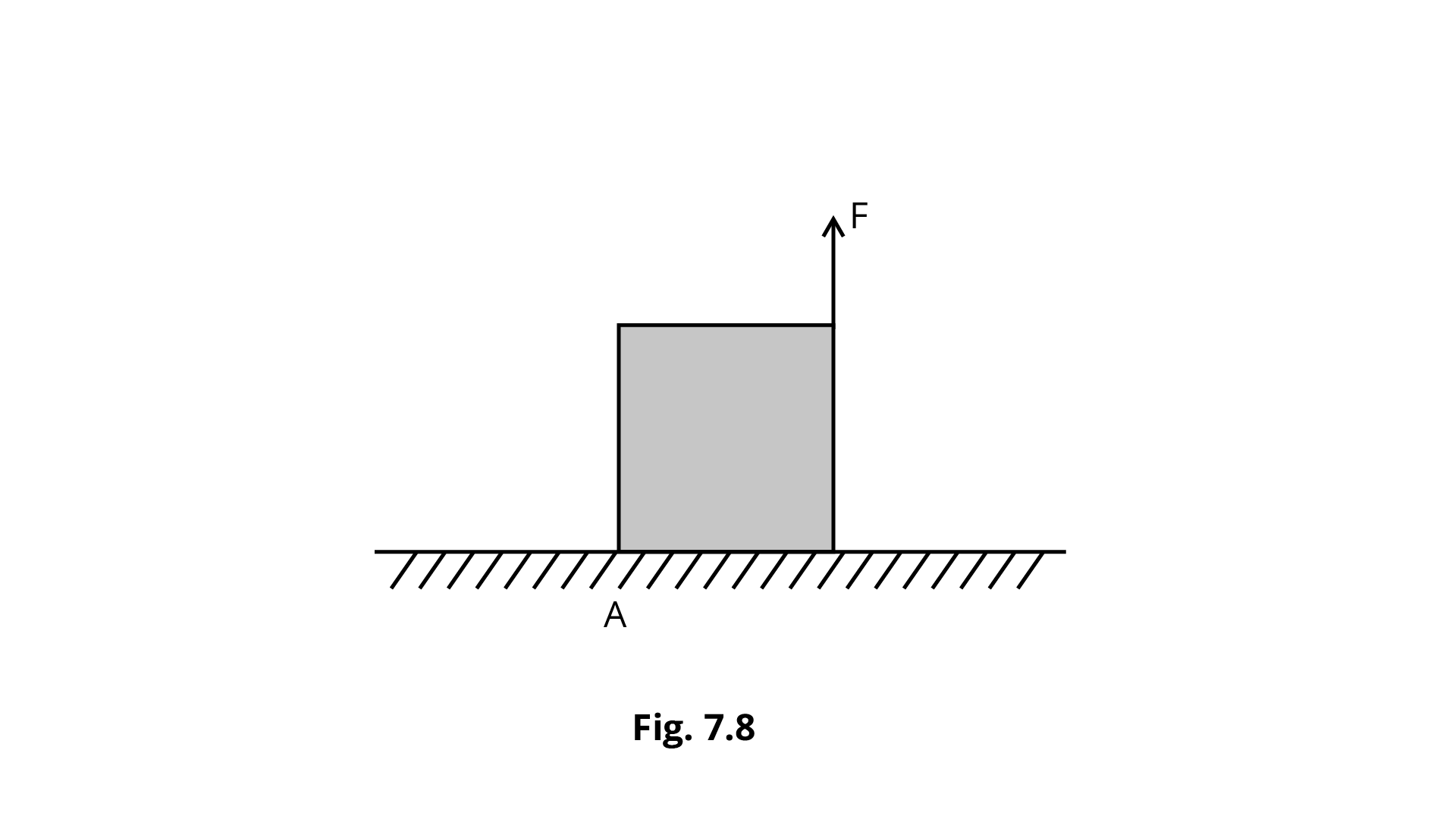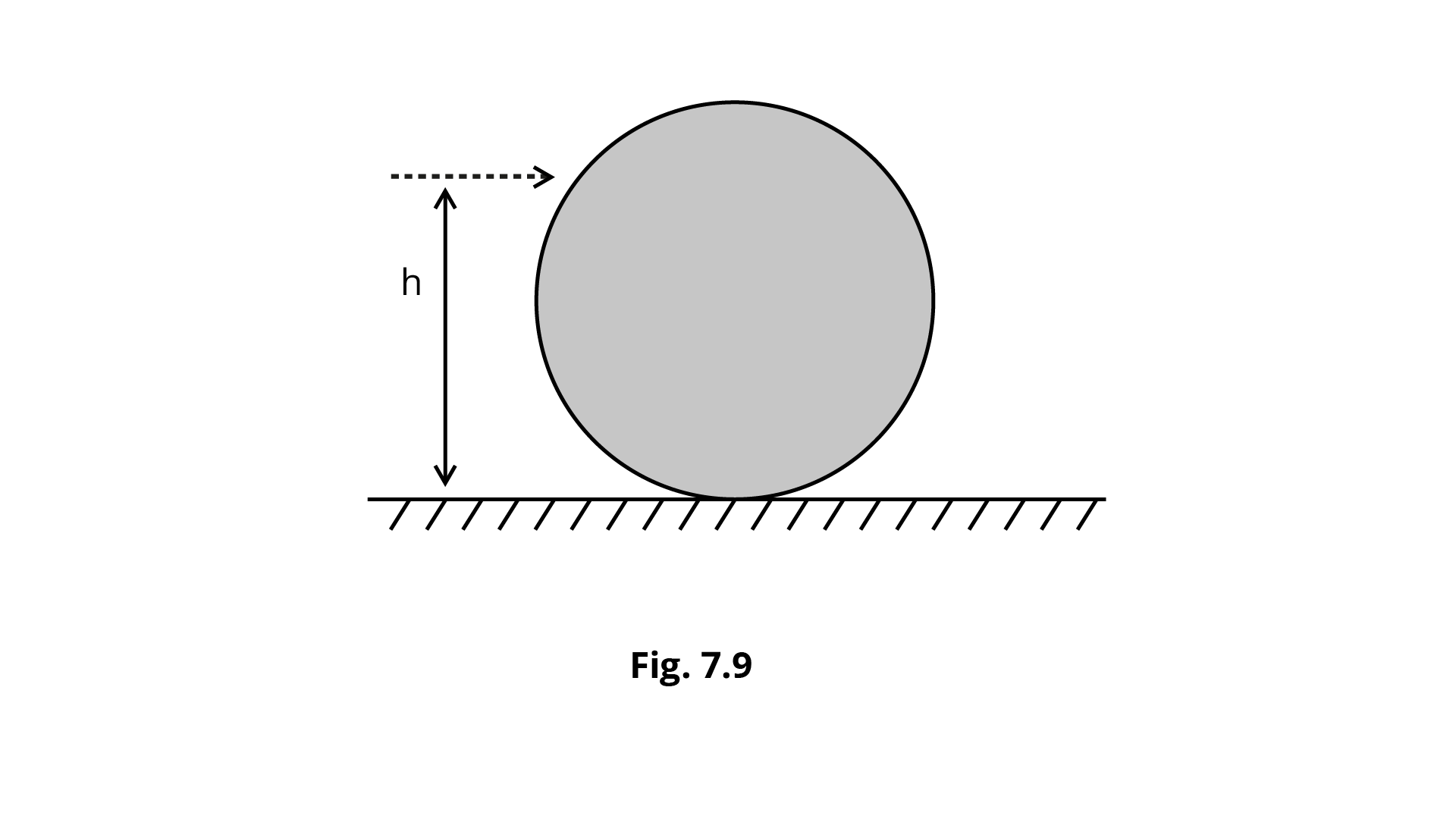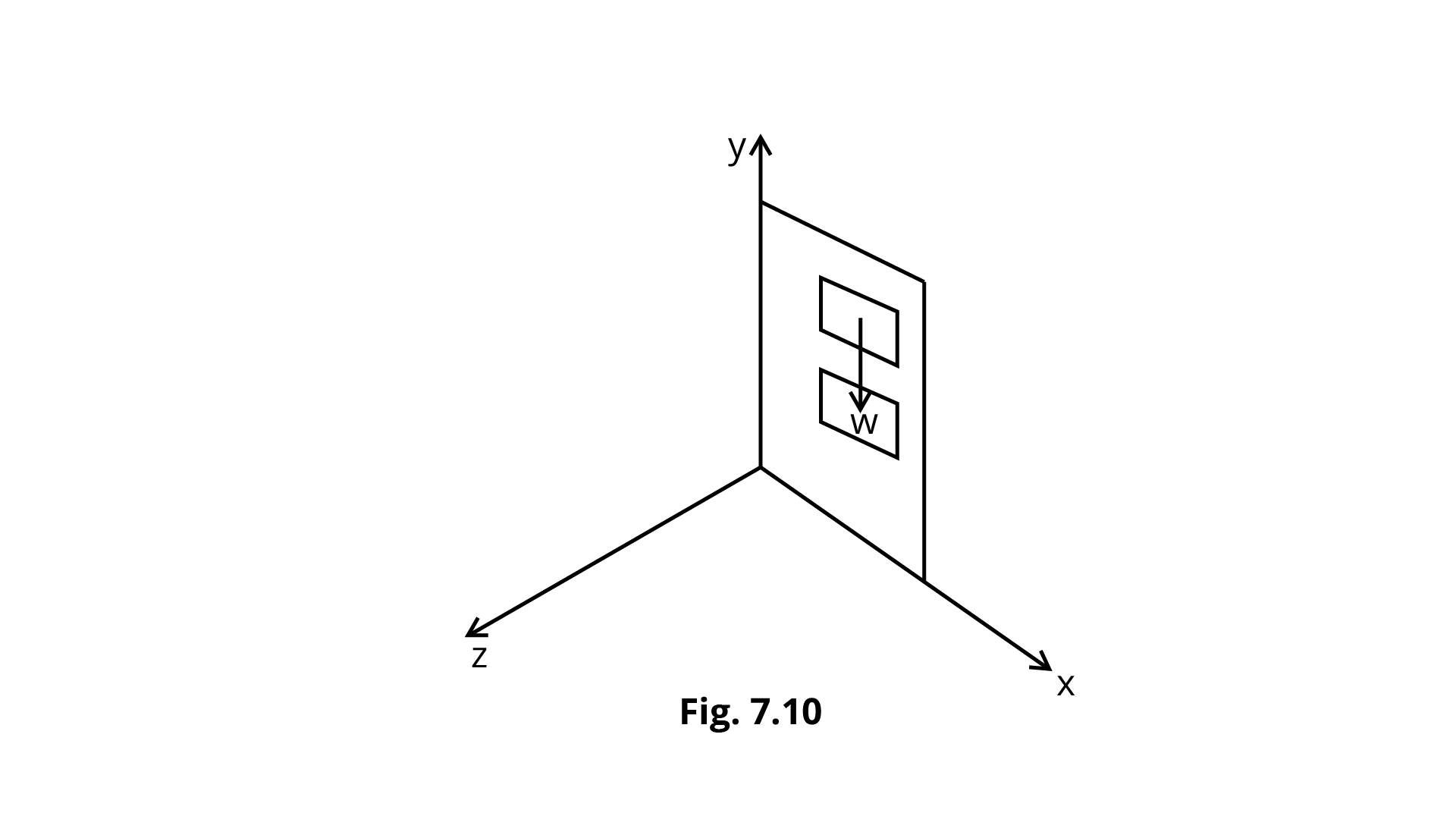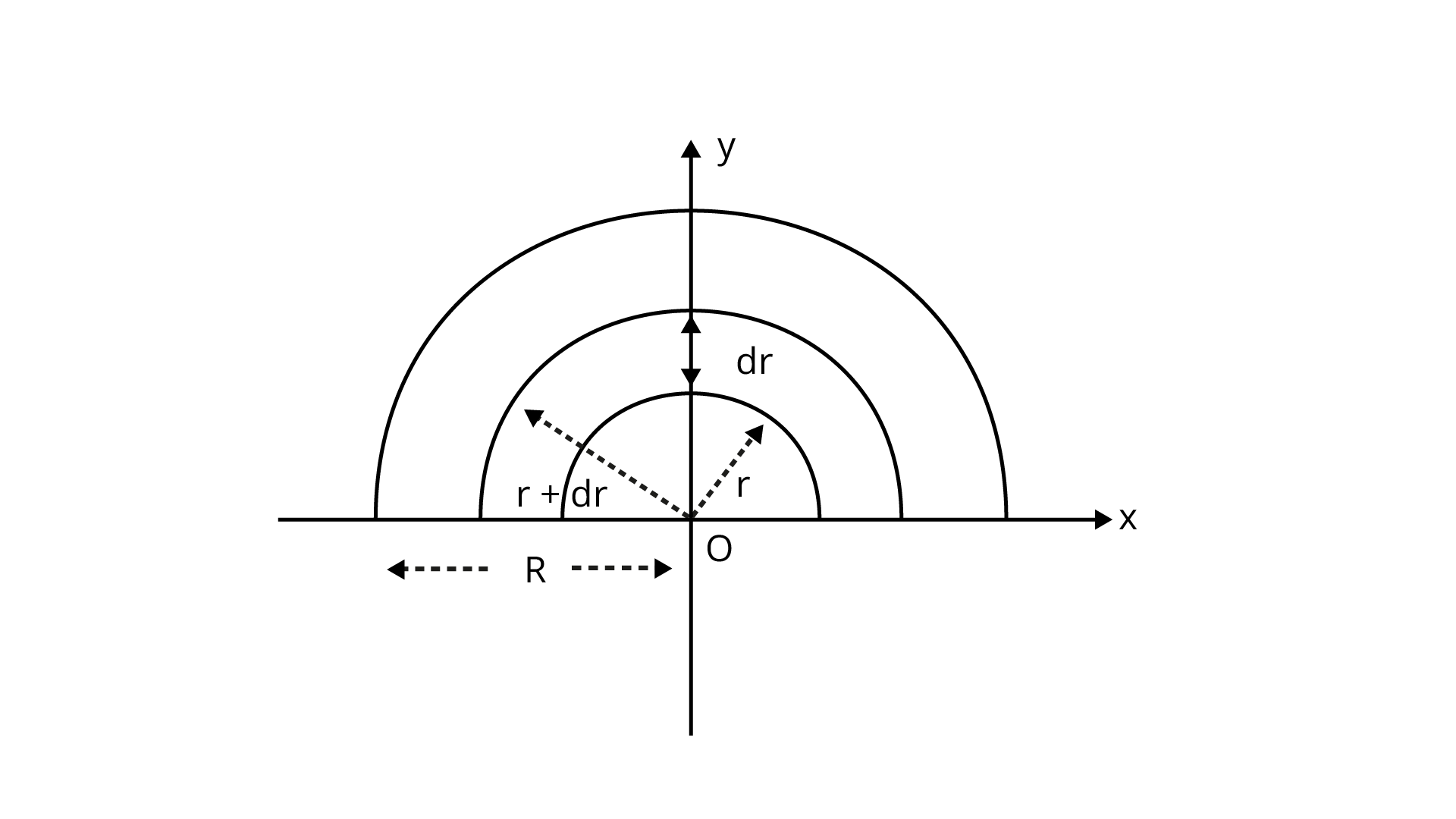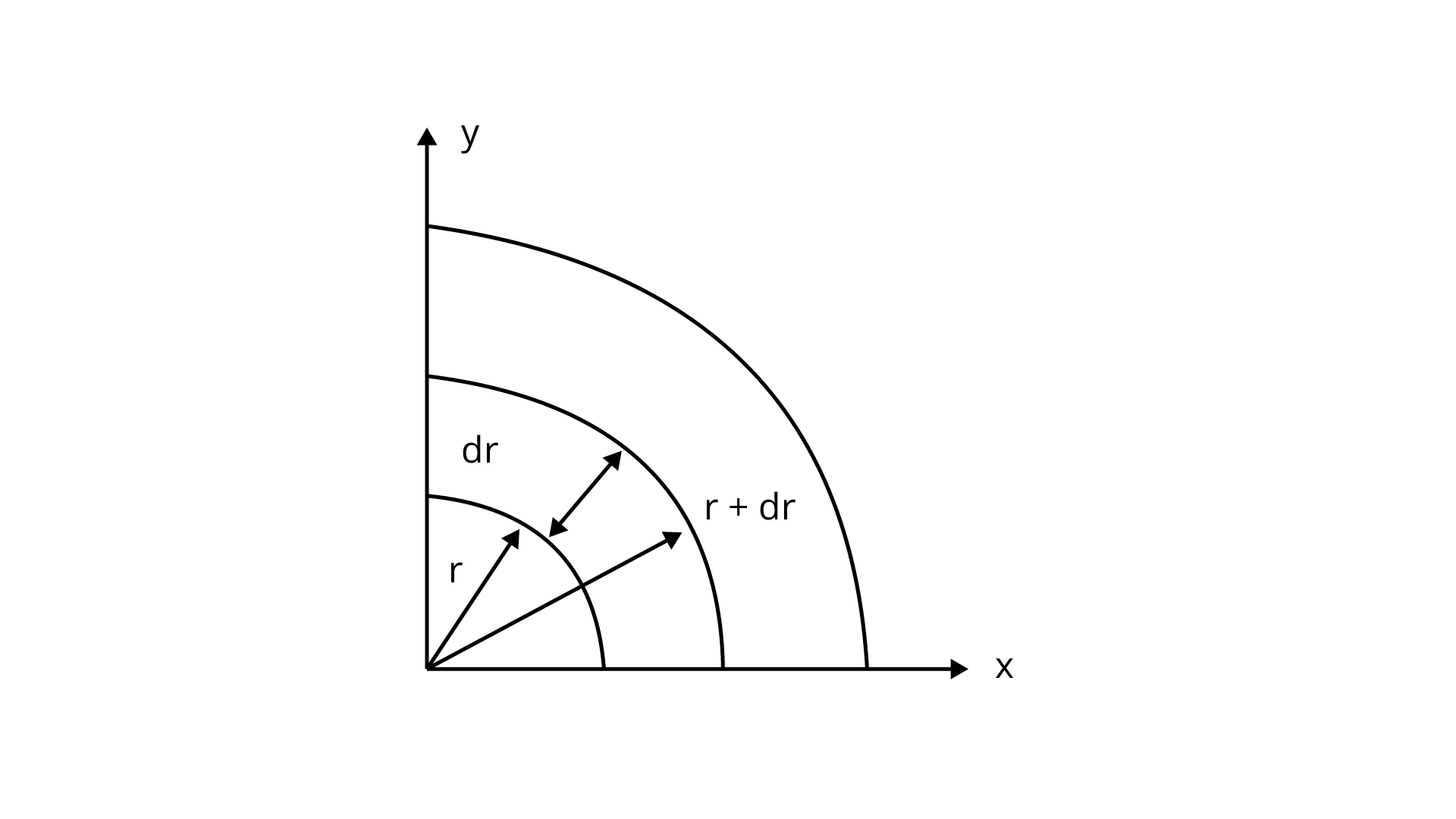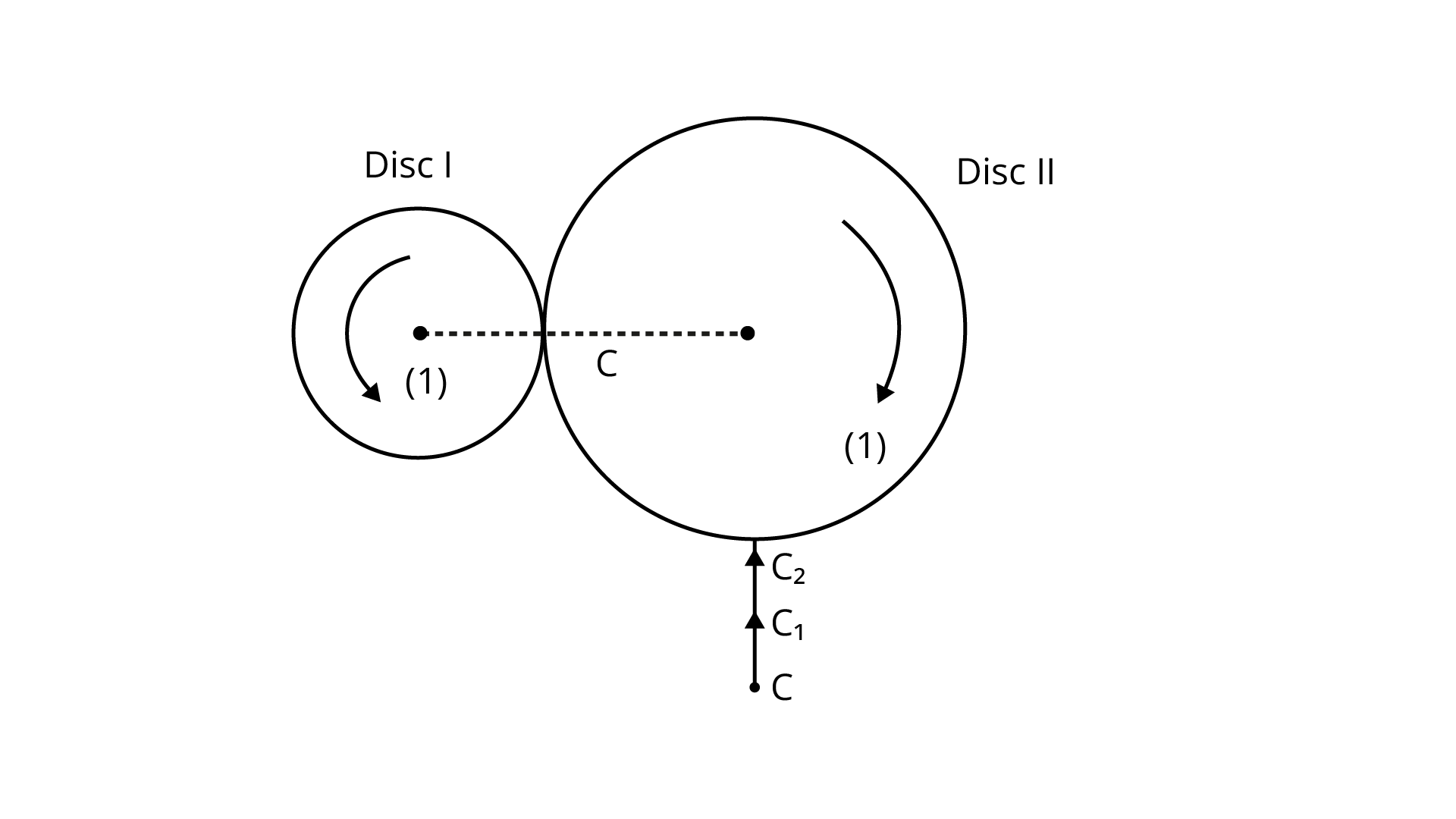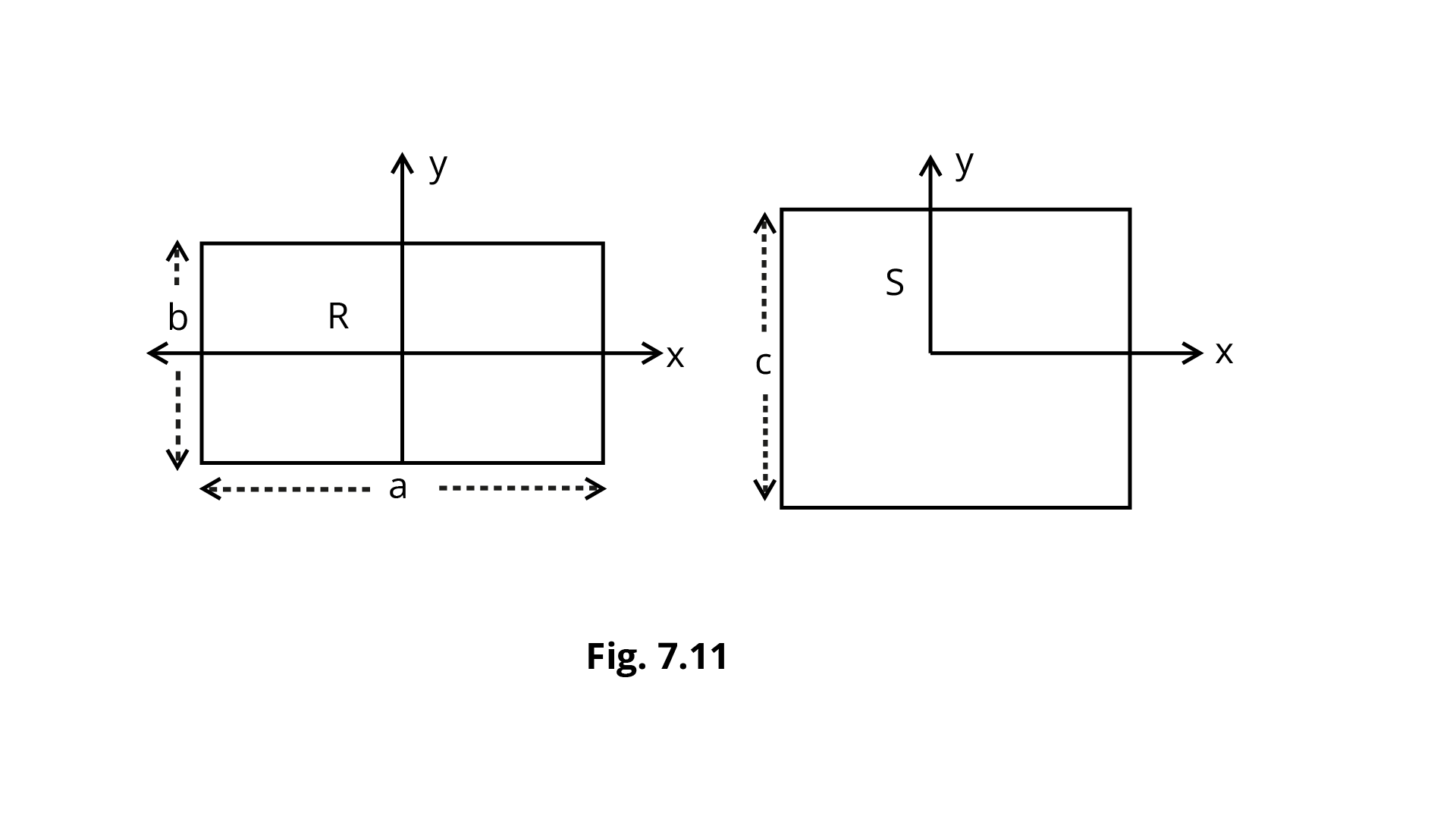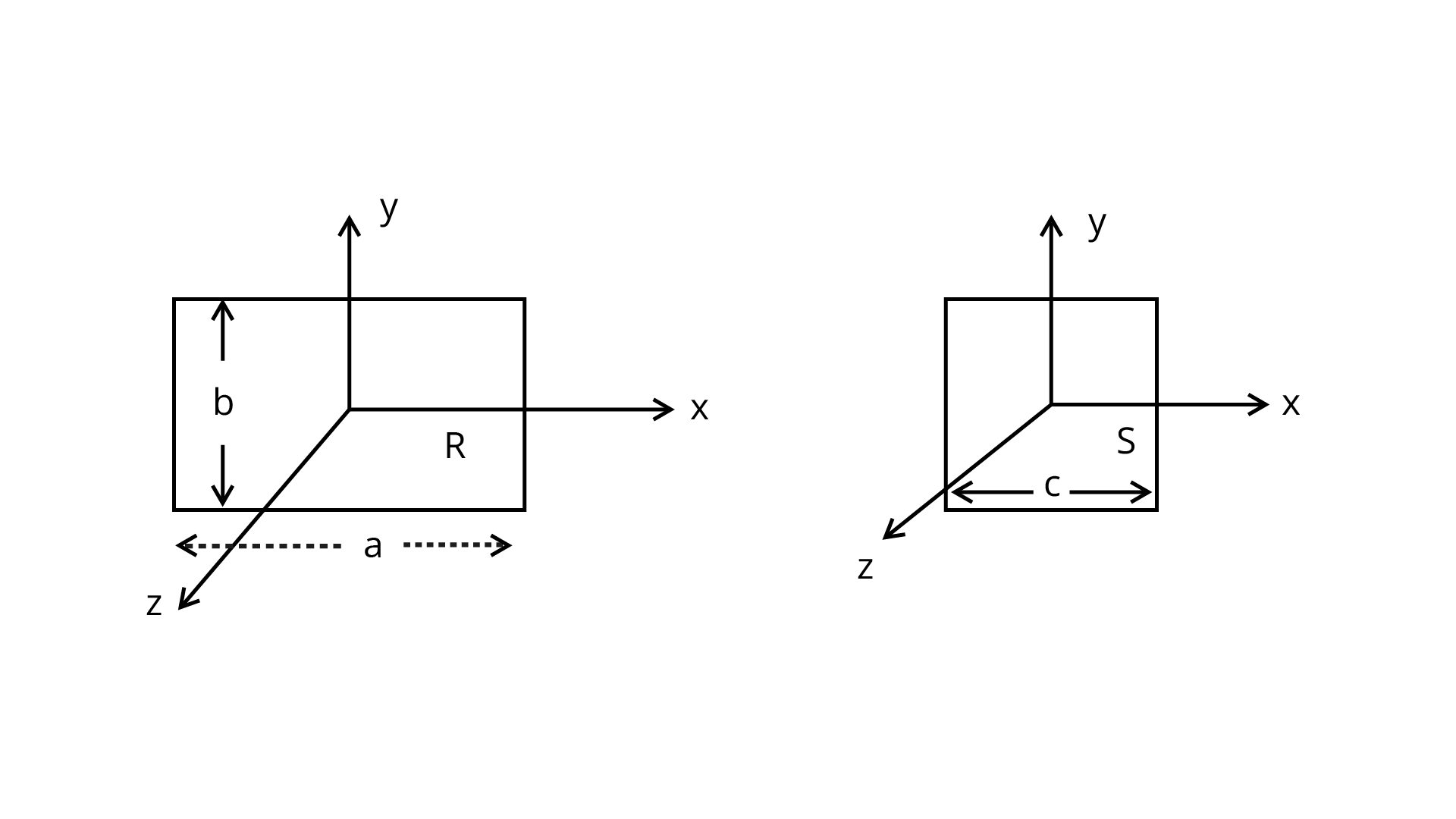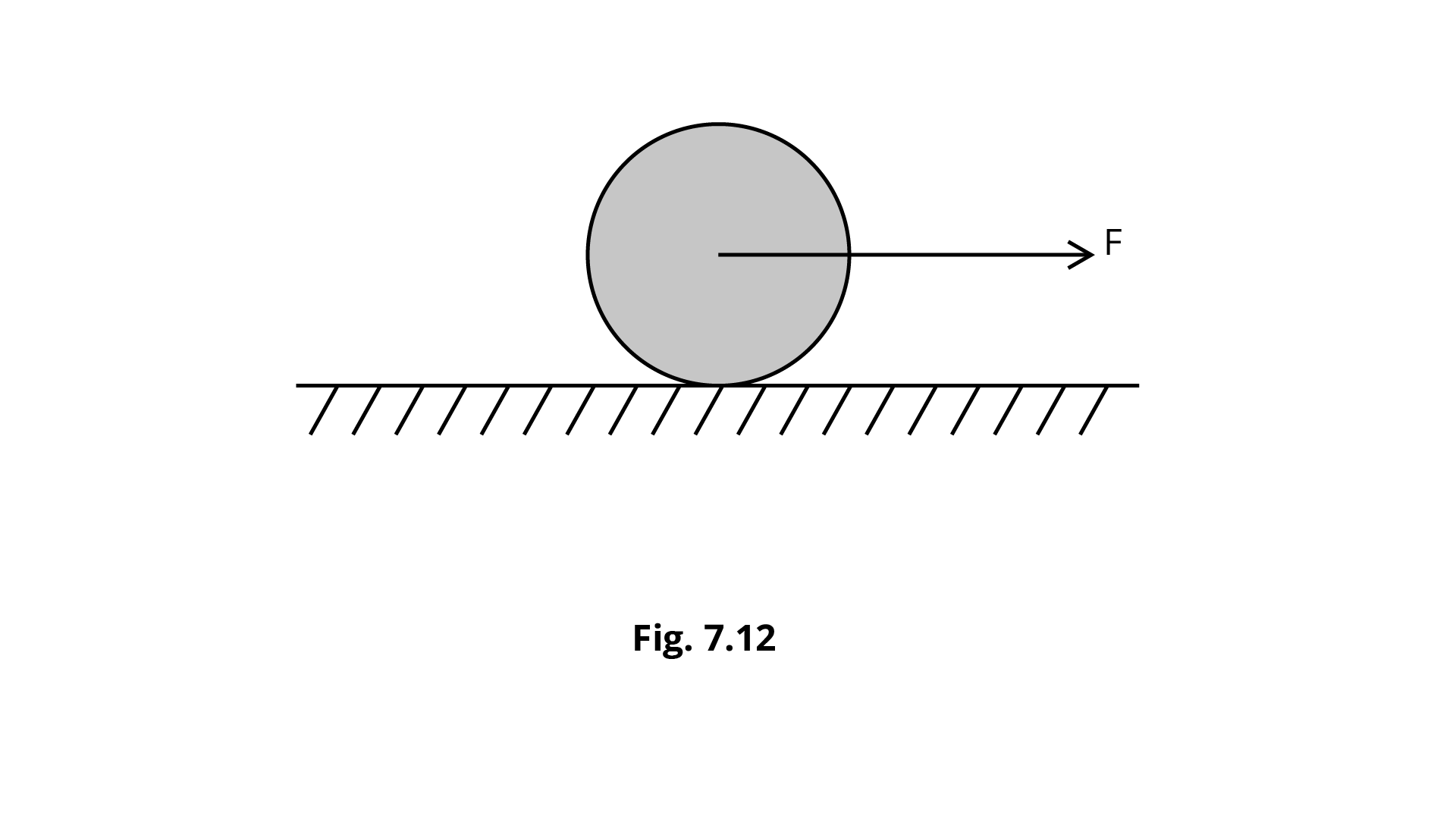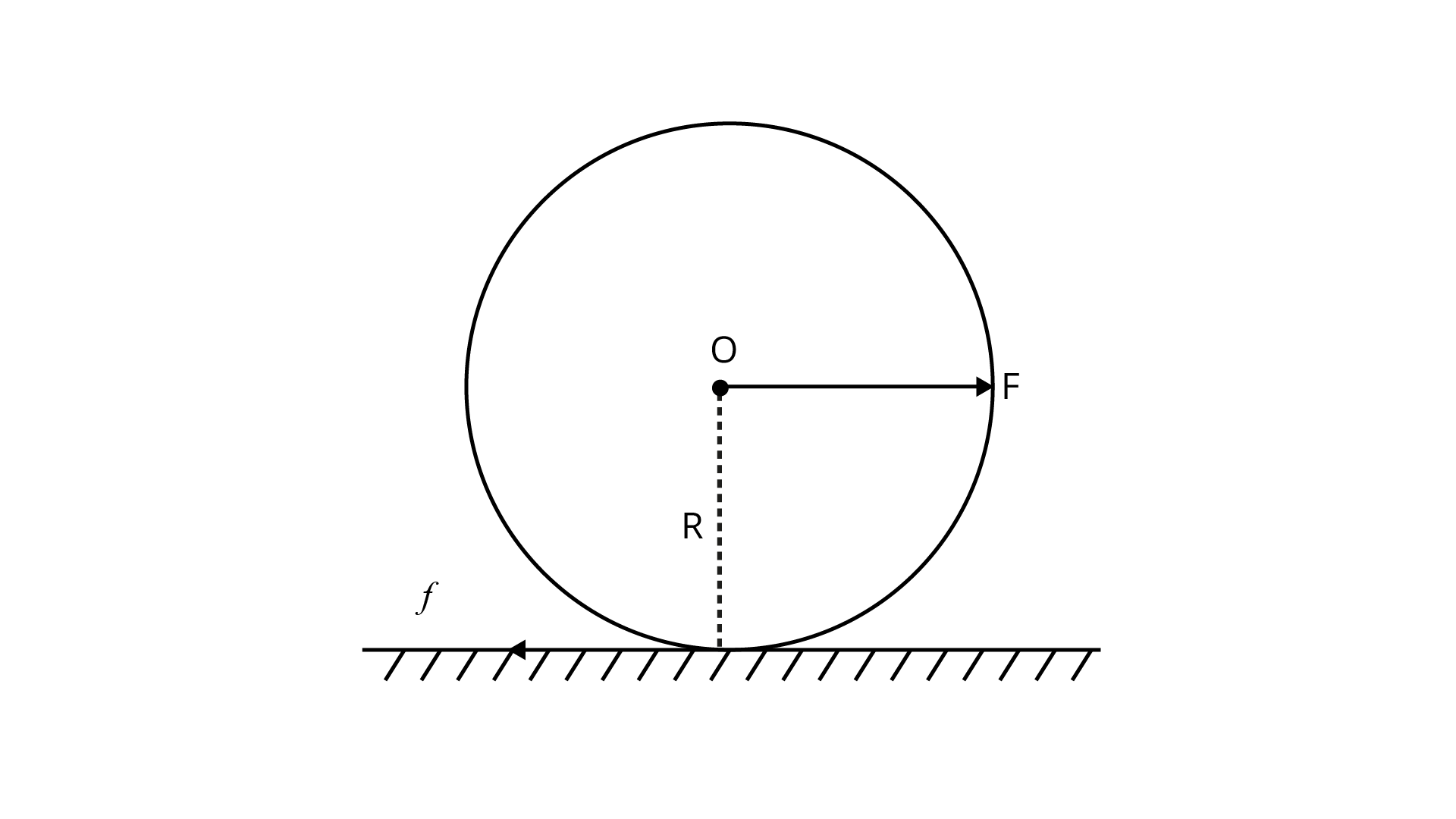NCERT Exemplar for Class 11 Physics - Systems of Particles and Rotational Motion - Free PDF Download
FAQs on NCERT Exemplar for Class 11 Physics Chapter 7 - Systems of Particles and Rotational Motion (Book Solutions)
1. What are the basic concepts I need to know before reading this chapter?
This chapter is very new and extensive in itself. The concepts you learned in the previous chapters are sufficient to start learning about systems of particles and rotational but you do need to be very confident about all the previous concepts and equations. You can join Vedantu classes for an easier and systematic approach to learning all the chapters. We strive to help you in every possible way to make your learning process effortless and as required by the course structure.
2. Which books are best for the preparation of the questions of Systems of Particles and Rotational Motion?
NCERT Class 11 physics book is a very good book to rely upon. If you can study all the theories comprehensively and diligently, you will be able to solve most of the questions in the exercise or any other. Furthermore, if you find any difficulty in any question it is beneficial to refer to other books and explanations. On our website, we have provided all the supplementary books and notes for a quick understanding of the subject.
3. Is the book solutions provided by the Vedantu for Class 11 Physics Chapter 7 sufficient?
Vedantu online courses offer you all the necessary materials for the complete coverage of the syllabus for Class 11 students. The book solutions have been thoroughly examined and compared for the accuracy of the answers. You can very much rely on the materials provided by us and can download them on this website. We always check for any mistakes provided in the materials and solutions and update them regularly.
4. How essential is the class 9 NCERT Science book for Class 11 Physics Chapter 7?
Though the chapter System of Particles and Rotational Motion has very few related concepts introduced in class 9 the chapter 10 ‘Gravitation’ can be considered to go through once before you start this chapter. The gravitation chapter covers the laws of gravity and calculation of the values of gravity which is the most important concept for the system of particles. It would actually be very great if you have got some time to look back on the class 9 theories beforehand.
5. Can I skip the topic of Rotational motion?
To just make you clear, rotational motion is as important as linear motion and other concepts of mechanics. It is never wise to skip any portion of the subject matter, no matter how difficult it may feel. Also, it is always better to get some help from other sources to easily understand the chapter. Vedantu provides you with all the necessary materials relevant to the subject. If you still find any difficulty of any kind then you are always free to get all help on our website by registering yourself.























